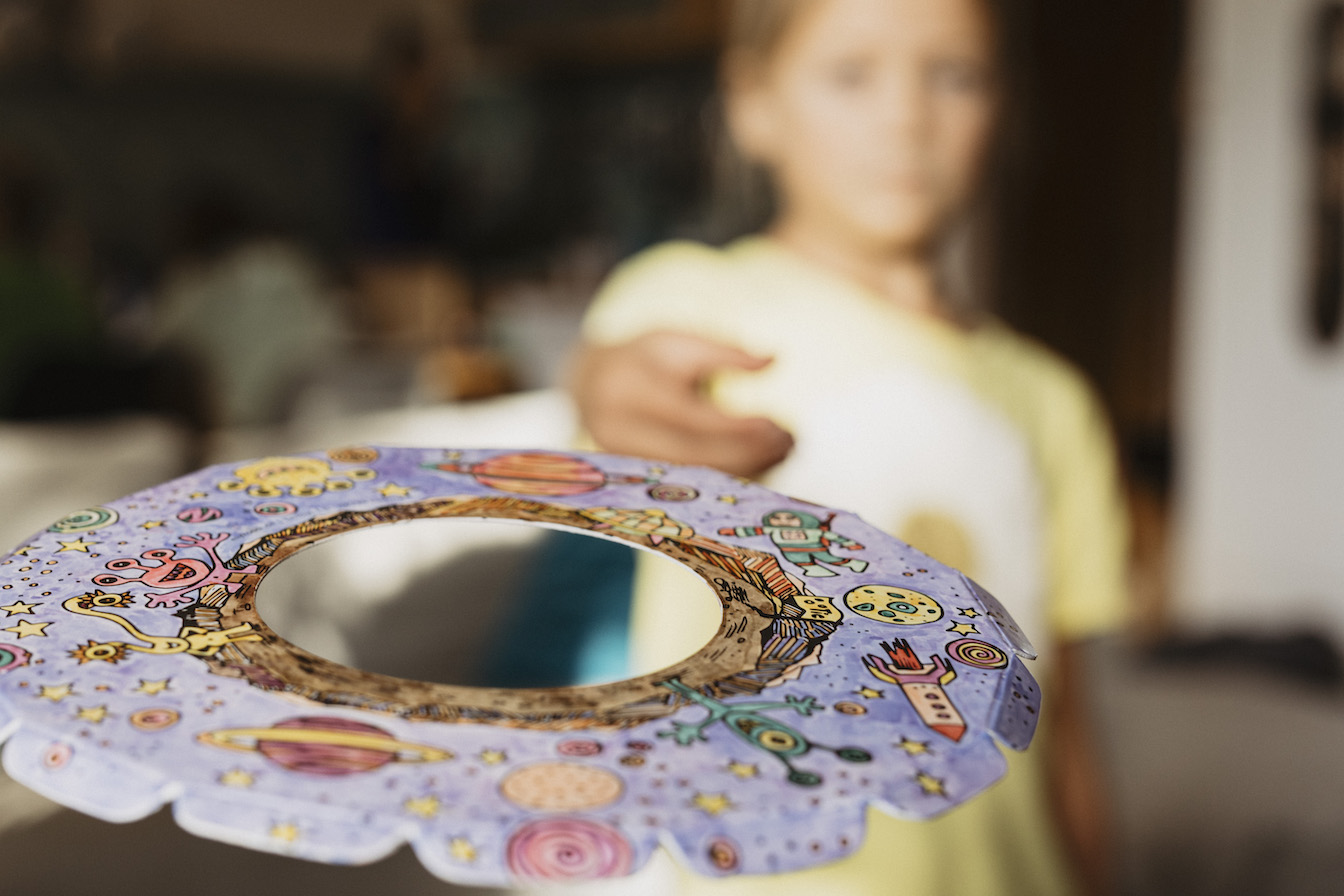
Throwing and Catching!
02.01.2023
Throwing and catching are basic movement skills of children. They are the basis of numerous individual and team sports and throwing disciplines in athletics. But they are also an important component of physical and mental development for children outside of the area of sport. Throwing and catching trains the coordination of hand and eye as well as the ability to react and concentration. These are all skills that are of outstanding importance in everyday school life at the latest (just think of learning to write, for example...)
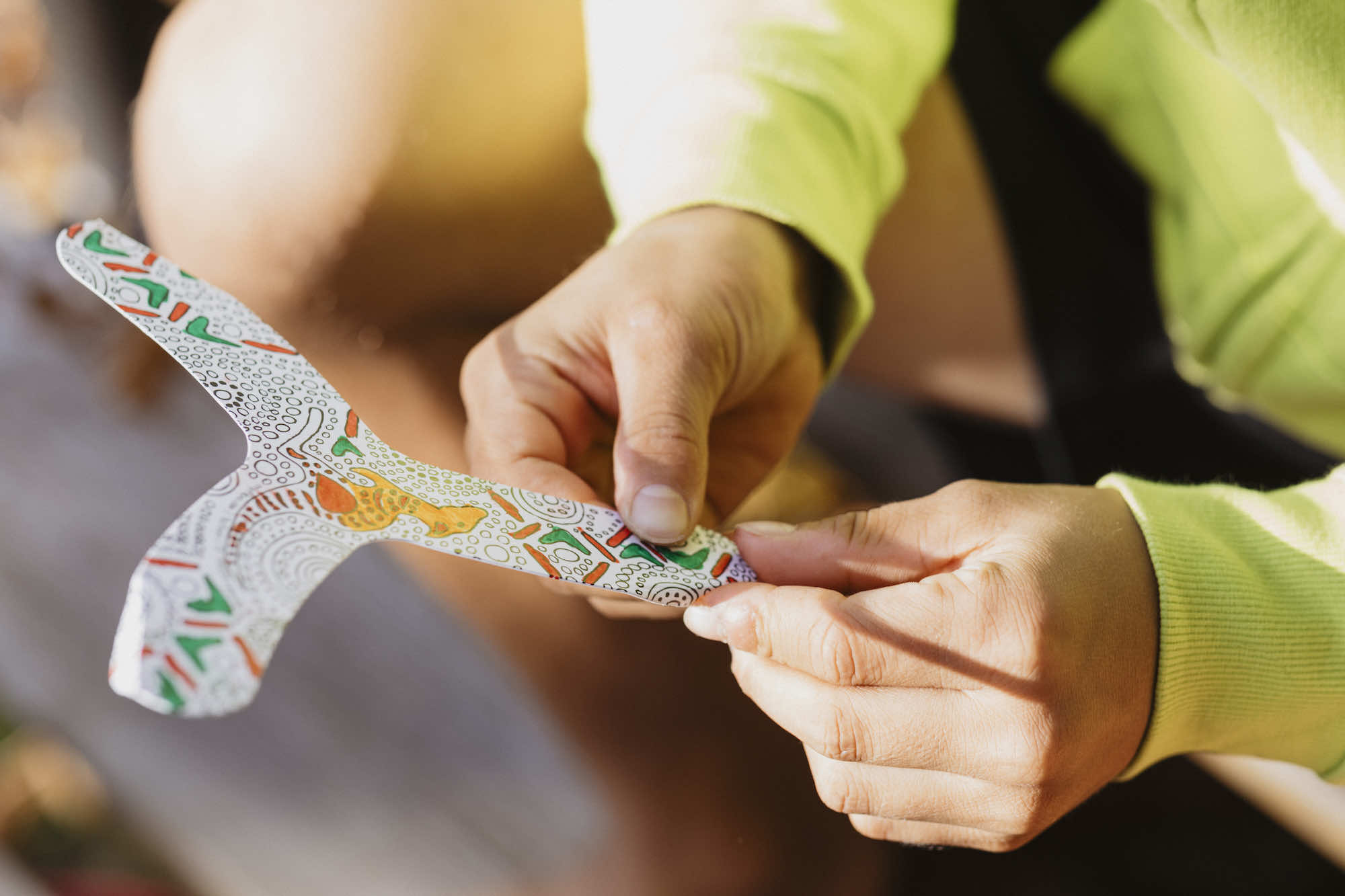
When should my child be able to throw and catch? And how can I teach my children how to throw and catch sensibly without turning the whole house upside down?
The pace of development of each child is individual. Nevertheless, it can be said that by the age of 2-3 most children start throwing balls at a target. If you try out a wide variety of your own “throwing techniques” at the beginning, you will soon learn to swing your throwing arm backwards. To improve coordination and motor skills, various throwing games are useful.
Especially the catching should be practiced, because the processes are more complicated here. Trained perception (the ability to correctly assess the trajectory) and good eye-hand coordination (the ability to grasp the object at the right moment) are required. Overcoming fear also plays a role in some children. In order not to build up negative experiences, you should practice carefully at the beginning.
By the age of four, children are able to catch balls with their arms outstretched, and throwing and catching skills continue to hone by the end of elementary school. At least when children are given enough opportunity to try out the game (specific "training" is not necessary at all!). Throwing objects is a thorn in the side of many parents and is therefore banned early on or given negative connotations.
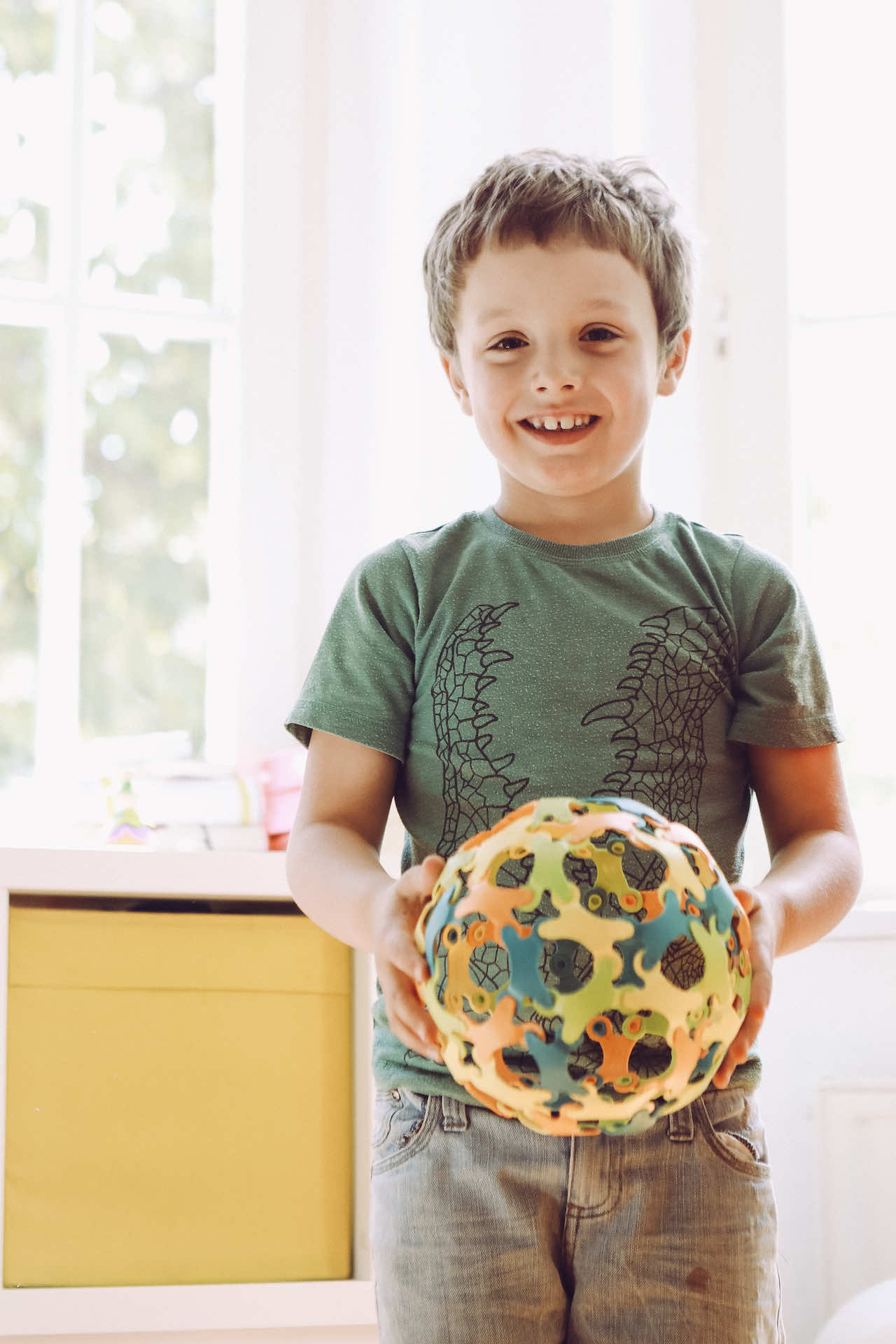
What can I do if my child throws everything around?
It's not always easy for us adults to stay cool when our children are discovering the world through play. First of all, it is important to develop an understanding of the purpose of the exercise. Basically, this is how children train their movement skills. Schemes that our brain stores can only come about through experience with how much force and in what way objects have to be moved. If we instinctively know today how hard and in which direction we have to throw a ball so that our opponent can catch it, then our brain has learned and stored this "throw pattern".
Of course, parents don't have to stand by and watch their children turn their home into a rink for all sorts of things. However, we should not underestimate our children's willingness to learn. If we can explain to you that a strawberry is edible and a toadstool isn't, then we can also explain to you which objects can be thrown (and which ones are better left in place).
Also throw inside?
Some parents take the path of being relaxed about romping around outside and forbidding it inside.
Of course, spending time outdoors is an essential part of a happy childhood that is active and active; children are restricted by their own four walls.
But because we cannot help but also spend time in the house, we should also allow the children their urge to move around here. Although mobile phones and televisions are the easier way to quickly “quiet” children at home, we at TicToys have created “moving alternatives” for children at home.
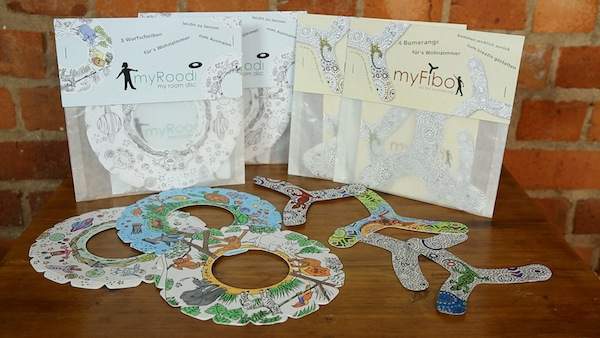
If the weather doesn't please you, an illness strikes or everyday life doesn't allow it otherwise, you can now throw and catch indoors.
And in a diverse and creative way: with myFibo we are bringing old games of skill into your living room this year! In a simple way you learn how to throw a boomerang so that it comes back again. Throwing and catching in the combination package and suitable for single children! If the rainy weather persists, the boomerangs can be painted nicely...
myRoodi shows even small children how to throw a throwing disc. Children from the age of three simply open their hand in a straight motion and the illustrated discs will float. When catching, children don't have to be afraid and parents don't have to worry about their Ming vase, because the light cardboard throwing discs leave no scratches.
Binabo: As a gripping ball for the little ones or for training throwing skills. Due to the many openings, the binabo balls are easy to grip and are therefore perfect for practicing throwing and catching. Of course, older children can also live out their football freestyle skills with it...

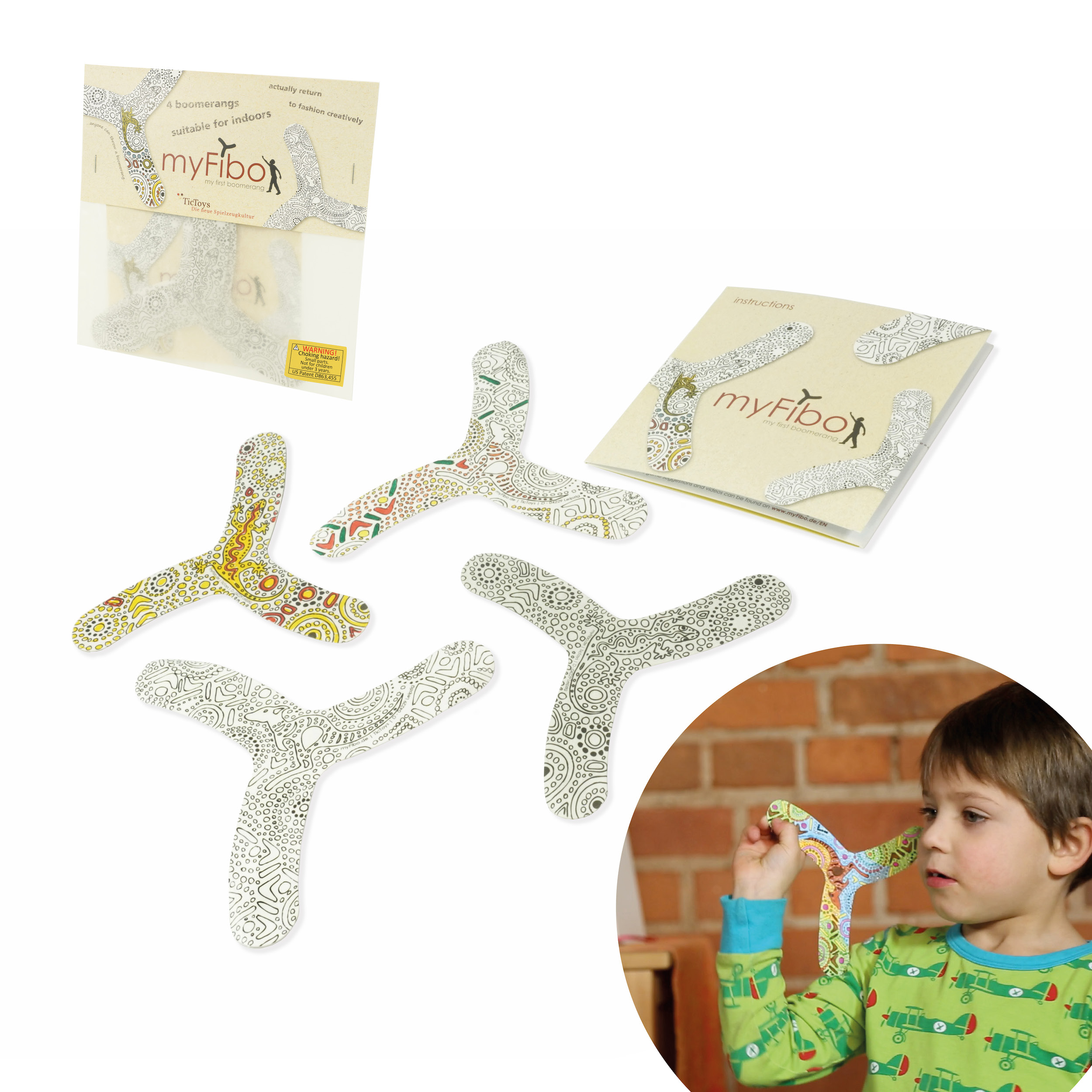
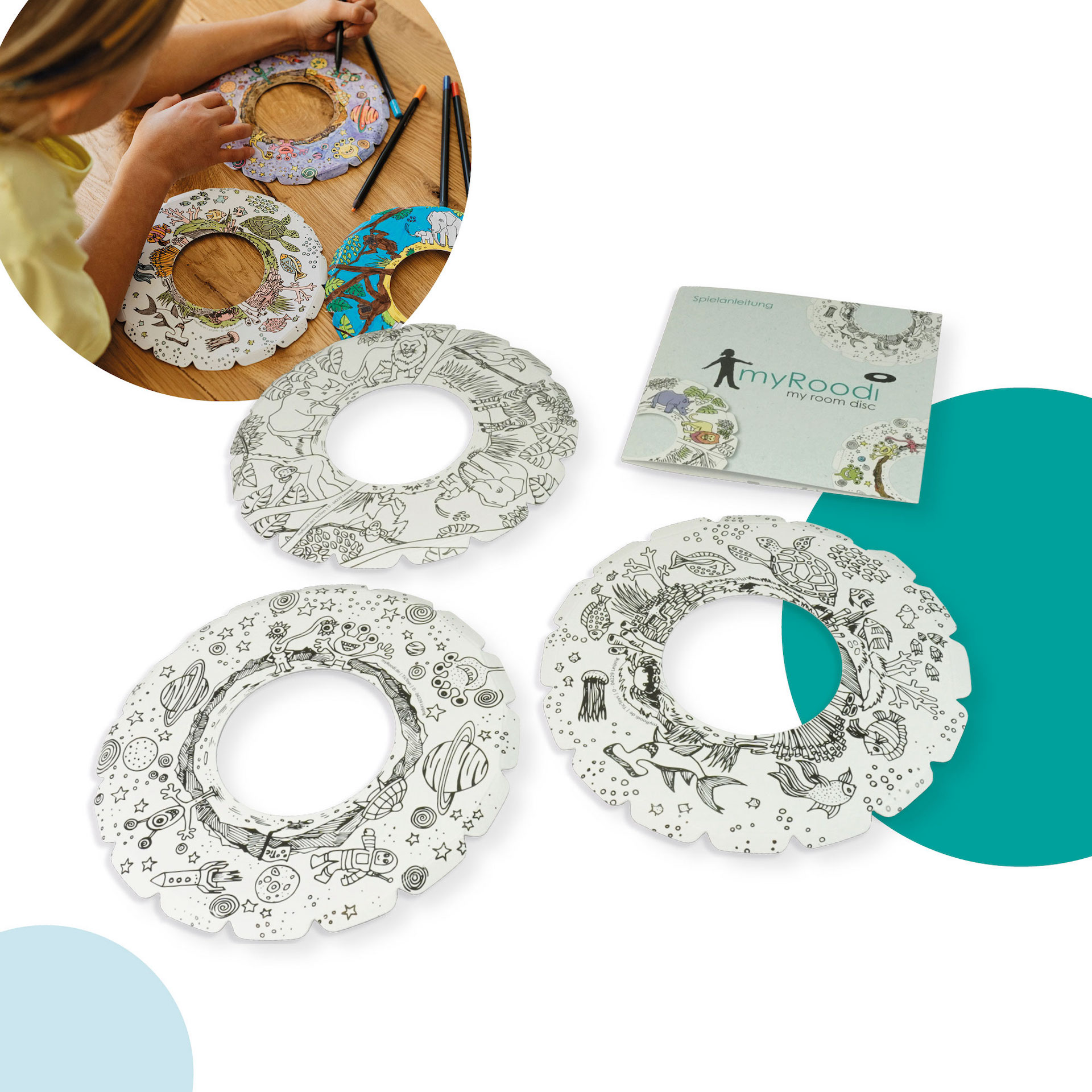
Comments (0)